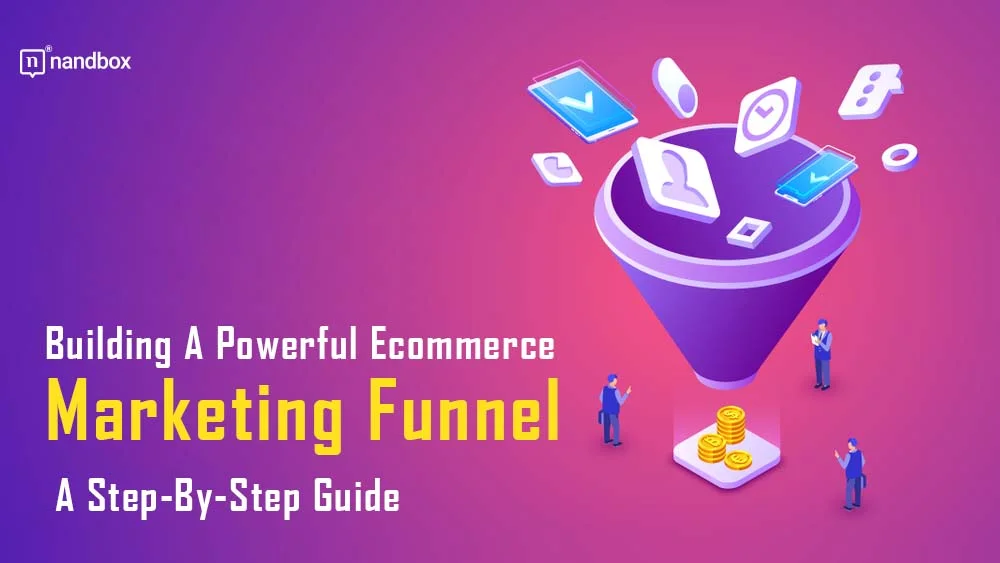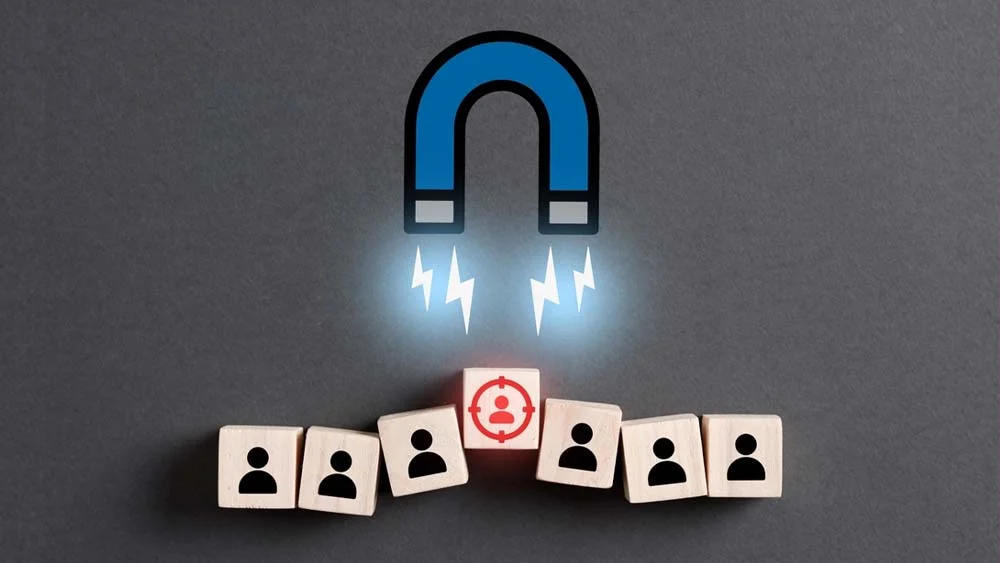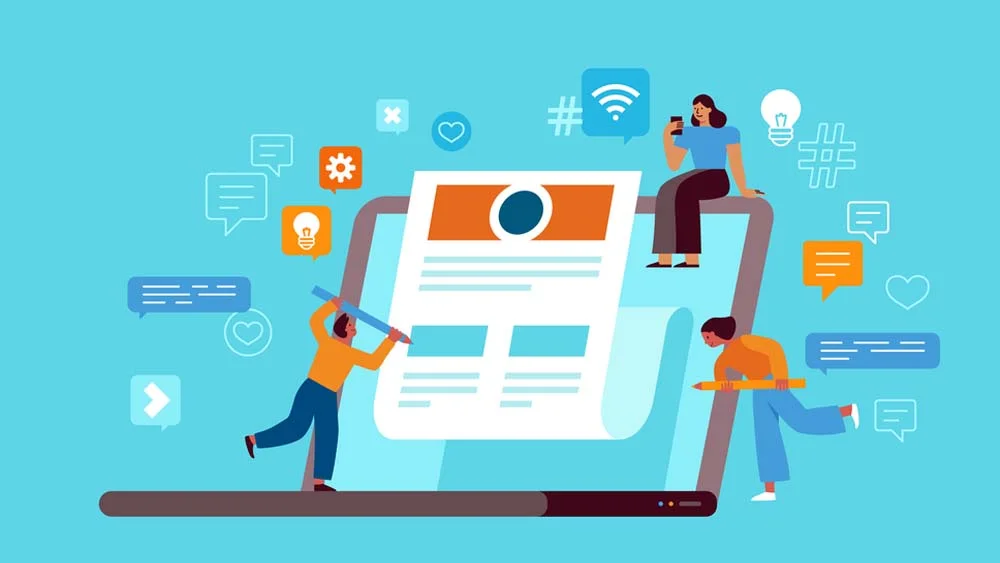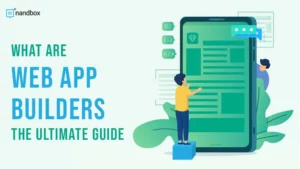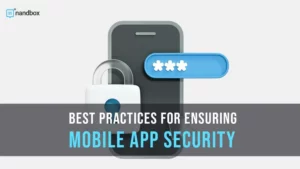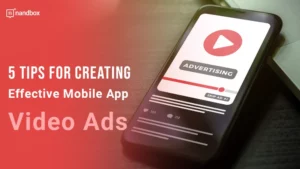Building A Powerful Ecommerce Marketing Funnel: A Step-By-Step Guide
Ecommerce’s dramatic evolution has reshaped the business landscape, bringing both opportunities and challenges. To remain competitive and thrive, businesses must keep pace with these changes by creating a powerful ecommerce marketing funnel.
A ecommerce marketing funnel is a tool that helps entrepreneurs visualize the journey a customer takes from first hearing about a product to making a purchase. At the top of the funnel, potential customers are unaware of a business and its products. As they move down the funnel, they become aware of the business, consider their offerings, and decide to make a purchase.
A well-designed funnel can help you attract new customers, convert them into buyers, and retain them as long-term customers. To achieve this, here’s a step-by-step guide to building an effective marketing funnel regardless of your ecom budget plan:
Step 1: Identify Your Target Audience
Commencing the process of constructing a marketing funnel necessitates the initial step of identifying your target audience. Understandably, it’s crucial to recognize that your marketing efforts are not intended for everyone, but specifically for those who are most likely to purchase your products. Consequently, your target audience, or ideal customers, are those individuals who view your product or service as the perfect resolution for their needs.
To effectively identify your target audience, you need to ask a series of specific questions:
- What demographic factors characterize your ideal customer? Consider elements including age, location, gender, income level, education level, or marital status.
- What kind of behaviors do they display? Are they frequent online shoppers? Do they prefer quality over price?
- What are their interests and hobbies? What social media platforms do they use the most?
- What are their challenges or pain points? How does your product alleviate these issues?
Conducting market research and analyzing your existing customer data can provide answers to these questions. This deep understanding of your target audience allows you to craft marketing messages that resonate on a personal level, making them more likely to engage with your business.
Step 2: Create A Catchy, Optimized Website
Your website is not just an online storefront—it’s an integral component of your marketing funnel. A high-performing site attracts, engages, and converts potential customers. Here are key aspects to focus on:
- Design And Usability: Ensure your website design is clean and professional. Prioritize usability by making it easy for visitors to find what they’re looking for. A confusing or cluttered site can deter potential customers.
- Mobile Responsiveness: With more people shopping on mobile devices, it’s imperative your site is mobile-friendly. If your site doesn’t display or function well on mobile devices, you may risk losing potential customers.
- Speed: Site loading time affects user experience and search engine ranking. Compress images, minimize CSS, and leverage browser caching to increase site speed.
- Search Engine Optimization (SEO): Use keywords in your content and meta descriptions to help improve search engine visibility. An SEO-optimized site will attract more organic traffic.
- Calls-to-Action (CTAs): CTAs guide visitors toward making a purchase. They should be clear, concise, and compelling. An example could be “Buy Now” or “Add to Cart.”
Your website is the foundation of your online presence. It’s essential to make it as compelling and user-friendly as possible to maximize conversions.
Step 3: Engage And Nurture With Content Marketing
Initiating the process of engaging and nurturing potential customers with valuable content is critical to their progression through the funnel. This can incorporate a diverse array of mediums, such as blog posts, infographics, videos, ebooks, flip books and more.
Every individual piece of content should impart value to your audience, contributing towards the resolution of a problem or answering a question they might have. Furthermore, this strategy serves to build trust with your audience, position your business as a thought leader in the field, and inspires potential customers to proceed further down the funnel.
Step 4: Implement Email Marketing Strategies
Indeed, email marketing acts as a significant catalyst, guiding potential customers from the contemplation phase to the decisive stage of the ecommerce sales funnel. Moreover, it’s recommended to leverage personalized emails as a means of maintaining connection, delivering valuable content, and endorsing products. Despite these efforts, it’s essential to keep in mind that the primary objective is to cultivate a relationship with your audience, rather than relentlessly pursuing sales. In addition to email, you could also try sending sale messages via SMS, since everyone reads their texts.
Step 5: Leverage Social Media Platforms
Social media platforms are a treasure trove for reaching and engaging with your target audience. They provide the opportunity to foster a personal connection with customers, which can boost brand loyalty.
Regular posting, prompt response to comments, and sharing of your valuable content are crucial to maintaining an active and effective social media presence. Furthermore, don’t overlook the power of paid social ads. Several social media platforms offer targeted advertising options that can be tailored to reach your specific demographic and drive more traffic to your website. In addition to these strategies, using a catalog creator to showcase products in an organized and appealing manner can enhance social media marketing. A well-designed digital catalog attracts potential customers, making it easier for them to browse and purchase directly from social media, leading to higher engagement and increased sales.
Step 6: Optimize For Search Engines
SEO is fundamental to gaining visibility in the digital landscape. This strategic approach enhances your website’s position in organic search results, thereby driving more traffic. Some key elements of SEO include:
- Keyword Research: Identify the keywords your target audience uses when searching for products or services similar to yours. Integrate these keywords thoughtfully into your content or URLs. Remember, relevance is essential, and keyword stuffing can harm your rankings.
- Technical SEO: This encompasses aspects such as site speed, mobile-friendliness, and secure connections (HTTPS). Search engines favor websites that offer users a seamless, secure browsing experience.
- Link Building: Quality backlinks from reputable sites signal to search engines that your content is credible and valuable, improving your site’s authority and rankings.
Besides, managed SEO services is a long-term strategy that requires patience and persistence but yields significant rewards.
Step 7: Monitor And Adjust Your Funnel
In summary, it’s paramount to persistently monitor and adjust your sales funnel. This is not a set-and-forget tool; instead, it necessitates continuous refinement for effective customer engagement and conversions.
This process typically entails identifying the weak spots or areas where potential customers are exiting the funnel without making a purchase. For example, these could be social media posts with lower engagement rates or unopened emails. Accordingly, actions must be taken to enhance these underperforming elements.
By regularly evaluating your funnel’s performance, you can pinpoint these issues, determine the priorities for revamping, and implement necessary changes. This might involve revising your email subject lines, refreshing your social media strategy, or even reevaluating your target audience.
Conclusion
Building a powerful ecommerce marketing funnel entails understanding your audience, creating an optimized website, engaging with content marketing, leveraging email marketing, using social media, improving SEO, and continuously monitoring and adjusting your strategy. With these steps, you can create an e-commerce marketing funnel that drives growth and propels your business towards success.

